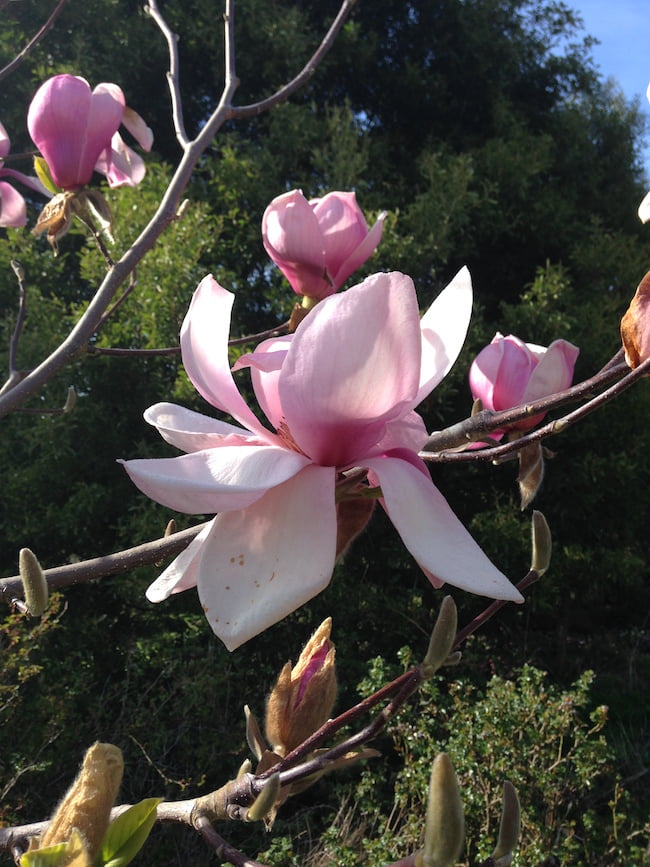Okay, so I’ve got this Jane Magnolia tree in my yard, and it was getting a bit out of control. I mean, it’s beautiful when it blooms, those big, purplish-pink flowers, but it was starting to look a little…wild. Time to prune!.
First, I waited until after it finished blooming. That’s key, you don’t want to chop off all the flower buds before they get a chance to shine. Once the flowers were spent, I waited for a dry, not freezing day to do it.

Getting Started
I grabbed my tools, and gathered everything at the spot before starting.
- Pruning shears – the bypass kind, not the anvil ones. Bypass are cleaner.
- Loppers – for the bigger branches that my shears couldn’t handle.
- A pruning saw – just in case I ran into anything really thick.
- Gloves – because, thorns.
- Safety Glasses – to protect my eye.
The Pruning Process
I started by just standing back and looking at the tree. I wanted to get a sense of its overall shape and where I needed to make cuts. I focused on a few key things:
- Dead or damaged branches – These were the first to go. Easy peasy.
- Branches that were crossing or rubbing – These can create wounds and let in disease, so I picked one to remove. Usually the weaker-looking one.
- Branches that were growing inwards – I wanted to open up the center of the tree for better air circulation.
- Branches that were messing with the overall shape – I wanted to keep it looking balanced, not lopsided.
I started with the smaller stuff, using my pruning shears. I made sure to cut just above a bud that was facing outwards – that’s where the new growth would come from. For the bigger branches, I switched to the loppers, and for anything really thick, I used the saw.
The key with the thicker branches is to use the “three-cut method”. This prevents the branch from tearing the bark as it falls.
- First, I made a small undercut a few inches away from the trunk.
- Then, I made a second cut further out, all the way through the branch.
- Finally, I made a clean cut close to the trunk, just outside the “branch collar” – that little swollen area where the branch meets the trunk.
Finishing Up
I kept stepping back to check my work as I went. It’s easy to get carried away! I didn’t want to take off too much – the general rule is to remove no more than one-third of the tree in a single year, the tree would be stressful if cut too much.
Once I was satisfied, I cleaned up all the branches and disposed of them. And that’s it! My Jane Magnolia is looking much happier and healthier now, and I’m looking forward to another beautiful bloom next spring. It takes a little bit of time, but my Jane Magnolia looks way better.





















